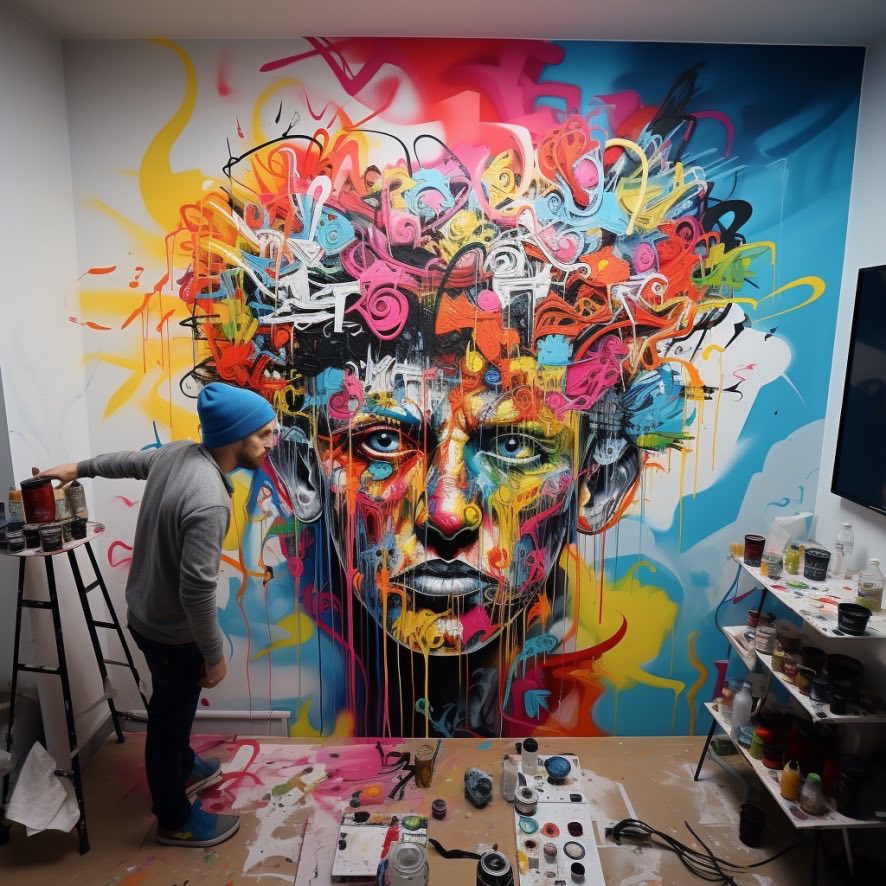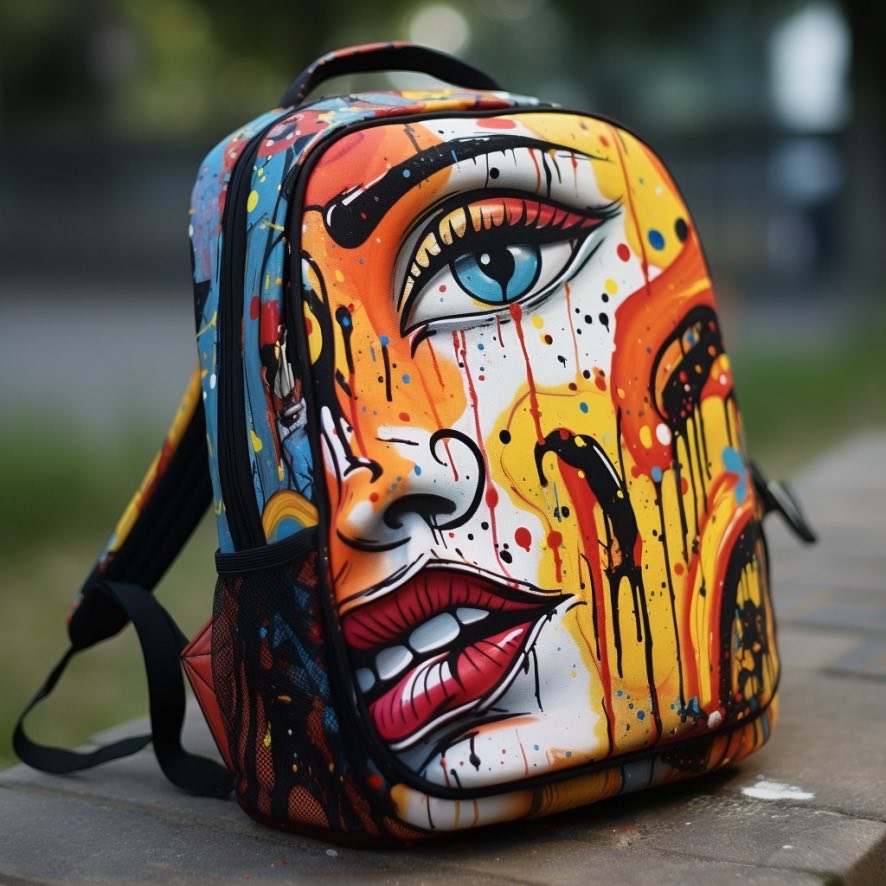Graffiti - Art or vandalism?
Graffiti, sometimes referred to as street art or spray painting, is a controversial form of visual expression that has roots deep in history. Today it has become a phenomenon that is intrinsically linked to the urban environment and public space. In this article, we will look at various aspects of graffiti, from its history, to its techniques and styles, to its impact on society and its legal aspects.

From history to the present
Graffiti did not originate in the streets of today's metropolises, its origins can be traced back to prehistoric times when cave paintings can be considered public art. In the times of ancient Rome and Egypt, people commonly wrote or scrawled messages and drawings on the walls of buildings. Graffiti as we know it today originated in the 1970s and 1980s in New York City. Since then, it has spread around the world and become an integral part of urban culture.
Techniques and styles
Graffiti is heavily influenced by the place and culture in which it is created. There are several main styles, such as tags (signatures), throw-ups (simple, quick paintings), pieces (more complex and detailed works), and muralism (large-scale paintings). Graffiti artists use a variety of techniques, from spray painting to stencils to the use of brushes or markers.

Illegal vs. legal graffiti
Graffiti is often perceived as a form of vandalism, especially because this type of art is very attractive to teenagers who are not always skilled painters and use mainly tags (i.e. signatures) which they "troll" all over their neighbourhoods, defacing old monuments and destroying the facades of houses. This is also an illegal activity, which gives the whole "action" of young spray-painters the hallmark of adventure. The unsightliness of these tags then disfigures the surroundings and really spoils the appearance of the city districts.
However, many cities are trying to find ways to legally integrate graffiti into the urban environment. Some cities create special zones for sprayers or organize street art festivals where artists can legally create their works. Often, companies that own buildings also have the surfaces of these buildings tastefully painted by graffiti artists to avoid vandalism on their buildings and to create the unique advertising and unique genius loci that graffiti art can create.
Impact on society
Graffiti has an ambiguous impact on society. While some people see it as a form of art and an expression of freedom, others see it as an act of vandalism and pollution of public space. However, graffiti can have a positive impact, for example in revitalising run-down neighbourhoods or as a means of expressing social and political views.

Graffiti is a complex and contradictory phenomenon that provokes different reactions. Whether we consider it art or vandalism, we cannot deny its influence on urban culture and society as a whole. It is up to us how we deal with it and what relationship we have with it.
Graffiti has become an essential part of our lives and for those who love it, have their favourite graffiti spots and paint graffiti or want to try it, we have great acrylic markers with large XL 10mm and JUMBO 15mm tips. Acrylic markers are widely used in graffiti because of their distinctive colour and high adhesion to different surfaces. Artists often use them to create details, contours and colour elements in their work. Due to their fast drying time, they allow precise work and layering of colours. In addition, acrylic markers are weather resistant, ensuring the longevity of graffiti on outdoor surfaces.
You can also bring your favourite graffiti style or street art into everyday life by creatively decorating items such as backpacks, t-shirts and paintings. In this way, graffiti becomes a fashionable means of expressing the individuality that street artists admire.

A video on how to make a graffiti painting at home can be found here
Graffiti and street art is a beautiful art style, and when done artistically, with love and in the right places, it allows people to access art and inspires, enlivens and improves the aesthetics of their surroundings, fosters a sense of belonging and community, and can serve as a vehicle for sharing ideas, emotions and stories.
Your Artmagico
